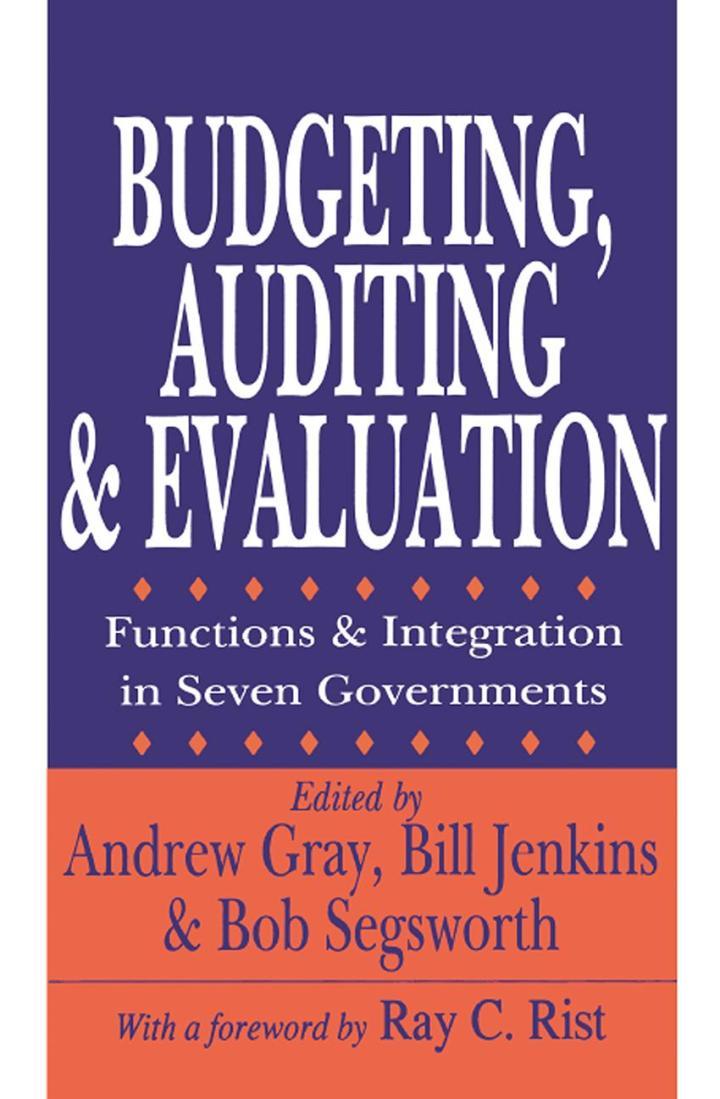Answered step by step
Verified Expert Solution
Question
1 Approved Answer
Part 4 of 4 5 points Budgeted manufacturing overhead Actual manufacturing overhead Budgeted direct-labor cost (based on practical capacity) Actual direct-labor cost Budgeted machine hours
Part 4 of 4 5 points Budgeted manufacturing overhead Actual manufacturing overhead Budgeted direct-labor cost (based on practical capacity) Actual direct-labor cost Budgeted machine hours (based on practical capacity) Actual machine hours Direct material Direct labor Machine hours Machining Assembly Department Department $4,000,000 $3,024,000 4,270,000 3,040,000 Machining Department $23,500 $27,800 360 1,500,000 1,450,000 400,000 425,000 The data that follow pertain to job no. 775, the only job in production at year-end. 1 5,600,000 5,780,000 Assembly Department $ 6,600 $58,500 150 100,000 110,000 Selling and administrative expense amounted to $2,500,000. 4. Determine whether overhead was under- or overapplied during the year in the Assembly Department.


Step by Step Solution
There are 3 Steps involved in it
Step: 1

Get Instant Access to Expert-Tailored Solutions
See step-by-step solutions with expert insights and AI powered tools for academic success
Step: 2

Step: 3

Ace Your Homework with AI
Get the answers you need in no time with our AI-driven, step-by-step assistance
Get Started


